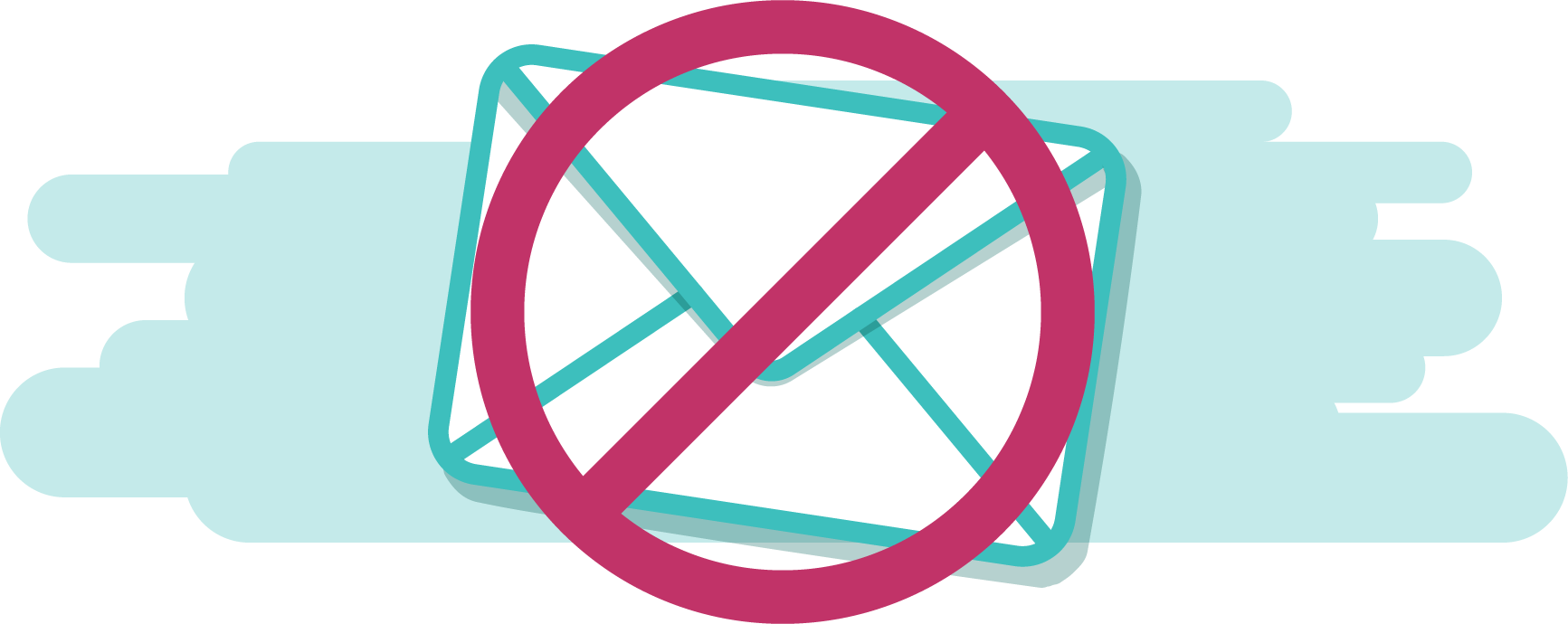 Stress is pervasive in the American workplace, and the American worker pays the price. A Stanford University study found that workplace stress costs American workers up to $190 billion in healthcare costs every year.1 Stress also influences alcoholism, heart disease, and more. As the toll of stress in the workplace becomes clearer, more companies are starting to find ways to battle it. Employees of Talking Rain Beverage Co. have access to walking paths and hiking trails.2 Other employers are banning work emails after 5 p.m. or providing free yoga classes. You have so many options to choose from if you want to make your workplace less stressful, but any option you choose will be a step toward happier employees. (Except for the one where you take away the office coffee-maker. Please do not do that.)
Stress is pervasive in the American workplace, and the American worker pays the price. A Stanford University study found that workplace stress costs American workers up to $190 billion in healthcare costs every year.1 Stress also influences alcoholism, heart disease, and more. As the toll of stress in the workplace becomes clearer, more companies are starting to find ways to battle it. Employees of Talking Rain Beverage Co. have access to walking paths and hiking trails.2 Other employers are banning work emails after 5 p.m. or providing free yoga classes. You have so many options to choose from if you want to make your workplace less stressful, but any option you choose will be a step toward happier employees. (Except for the one where you take away the office coffee-maker. Please do not do that.)
1. Encourage Managers to Set Clear Goals for Their Employees
The only thing more stressful than having a work project with a looming deadline is having a work project with a looming deadline and not knowing exactly how to complete it. When managers set clear expectations and goals, they take a lot of pressure off their staff.
2. Establish Boundaries for Off-Hours Communication
When a group of consultants at the Boston Consulting Group established something they called “predictable time off,” which means that non-work hours must be a no-go time zone for work emails, they discovered that while hours spent working dropped by 11%, the group completed the same amount of work.3 Decisions like this one reduce the stress so many workers feel when they can’t leave work at the office. This kind of strategy won’t work for every industry, but for other companies, it can be a great way to define expectations and alleviate stress.
3. Start a Walking Group
A simple walk can do a world of good. Even a short, slow-paced walking break during the workday lowers stress levels dramatically. Even better, not only does it lower stress, but it also gets workers away from their desk, which improves their health.4 Start a weekly walking group to meet for lunch and take a stretch around the block or even through the parking lot, or encourage managers to have more walking meetings.
4. Offer Professional Development and Training
Between the lack of professional guidance and the murky paths most post-recession careers take now, more employees find themselves unsure where to go next. It’s hard to know what steps to take to advance their professional lives. They feel stuck, and that’s a pretty stressful feeling.
Career coaching and professional development training can point these employees in the right direction. It can also teach them skills, like stress management, hint, hint, that help in the job role they’re in now too. Coaches can help people solidify goals and identify how to achieve them, providing direction, reviving ambition and lowering stress.
5. Encourage Cross-Training and Open Communication
Don’t know what co-worker can fix the issue an important client is facing? The one person in your department who can make important changes in a software program has food poisoning? These work problems are common, stressful, and usually preventable. Cross-training can circumvent these issues, and colleagues can bond while teaching one another the basics of their roles.
We hope this has helped you design a plan for a happier and more chill workplace. Have you tried some of the strategies before? How did they work for you?
1. Goh, Joel, Jeffrey Pfeffer, and Stefanos A. Zenios. “The Relationship Between Workplace Stressors and Mortality and Health Costs in the United States.” Management Science 62, no. 2 (February 2016): 608–628.2. Lindsay Tigar. “The Innovative Ways These Companies Are Managing Employee Stress,” Fast Company, May 9, 2018, https://www.fastcompany.com/40564709/the-innovative-ways-these-companies-are-managing-employee-stress.3. Clive Thompson, “End the Tyranny of 24/7 Email,” The New York Times, Aug. 28, 2014, https://www.nytimes.com/2014/08/29/opinion/end-the-tyranny-of-24-7-email.html.4. Wendell C. Taylor, Ph.D., Raheem J. Paxton, Ph.D., et al., “Impact of Booster Breaks and Computer Prompts on Physical Activity and Sedentary Behavior Among Desk-Based Workers: A Cluster-Randomized Controlled Trial,” Preventing Chronic Disease 13, no 155 (November 2016): 1, http://dx.doi.org/10.5888/pcd13.160231.

